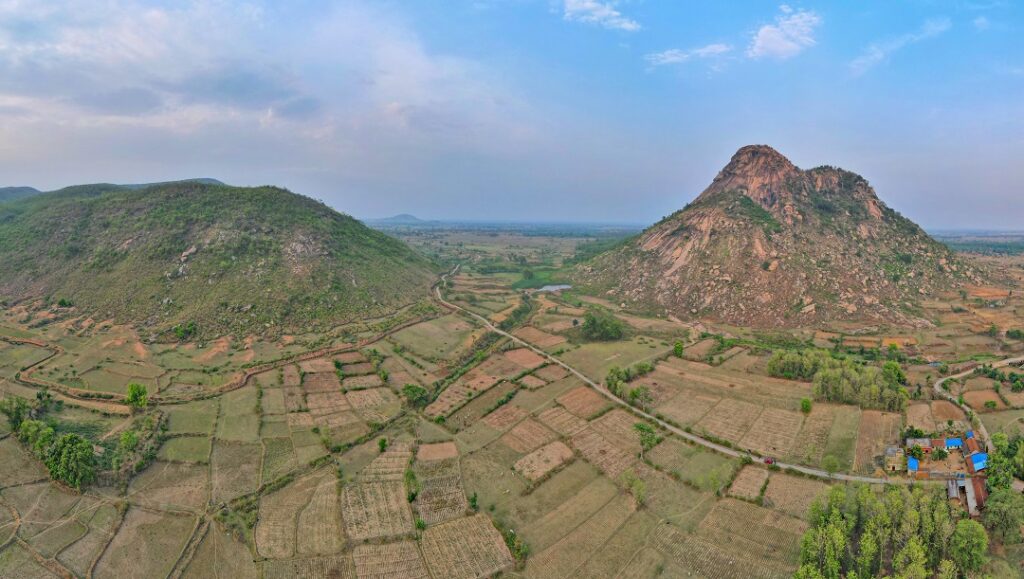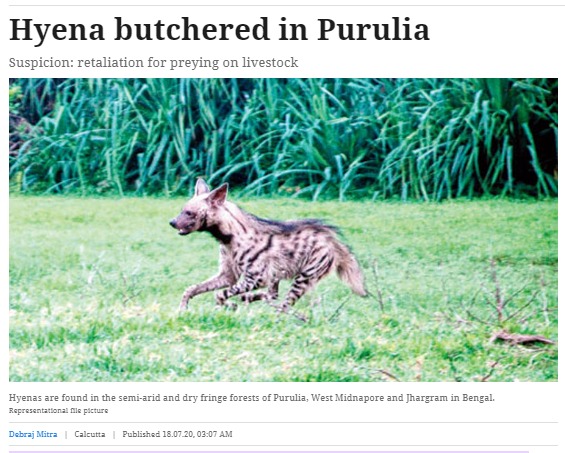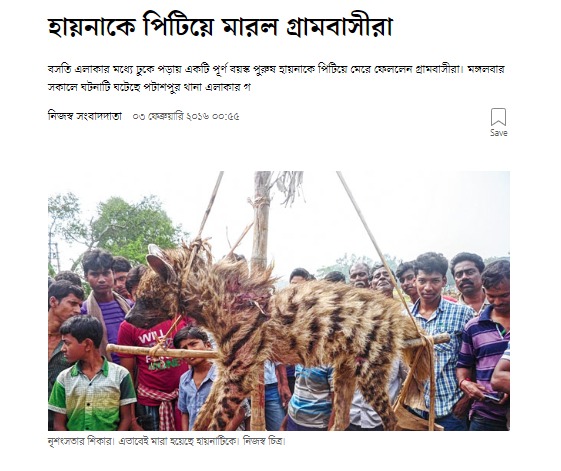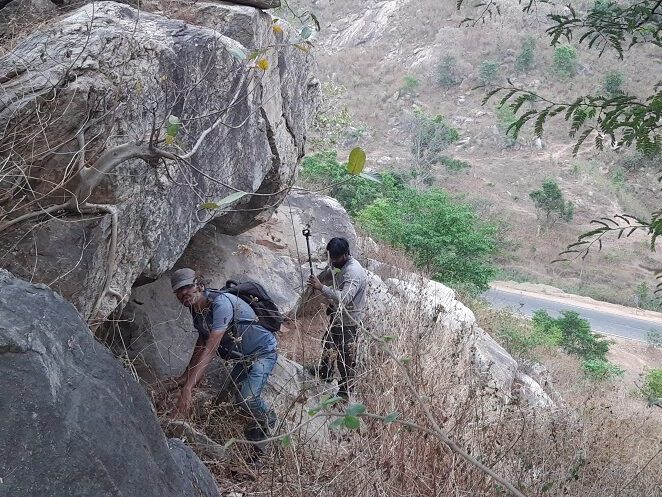Project Striped Hyena in Purulia
The dry landscapes of southern West Bengal boast a rich array of mammalian fauna but perhaps the most significant of them is the striped hyena. This elusive scavenger is the shy, solitary cousin of the better known spotted hyena which is found in Africa. A denizen of semi arid scrub country, the striped hyena occurs across a much wider range which includes North and East Africa, the Middle East, the Caucasus, Central Asia and the Indian subcontinent.

West Bengal in India, in particular, the districts of Purulia, Bankura, Jhargram and West Medinipur, form the easternmost limit of the striped hyena’s extensive global range and here, they haven’t been studied much. In fact, even the IUCN species status assessment hasn’t accounted for this population.
In early January 2021, during a recce visit to Purulia, members of HEAL photographed a striped hyena which was the only footage of a live striped hyena captured in the wild from the region until that time. Later that year, ZSI published the first ever study on the striped hyenas of southern West Bengal.
The only other source confirming the presence of striped hyena in West Bengal are media reports; most of which talk about hyena deaths on account of livestock lifting, attacks on people and road kills. While reporting, the media often sensationalises negative incidents, especially those involving attacks on people.
Given the geographic and ecological significance of this population we found it necessary to assess whether indeed there is any human-hyena conflict and if present, what is its extent. Hence, we initiated a study on the social perceptions of the local communities towards the striped hyena in two blocks of Purulia – Baghmundi and Jhalda.
Field work for the study was done between February 2021 and July 2022. As a part of this exercise, camera traps were placed in strategic locations to document the presence of this species.
We conducted interviews with local residents of Baghmundi and Jhalda. Our objective was to evaluate their awareness and perception of striped hyena, the nature of their perceptions and opinions towards it and the probable reasons for such opinions.
Understanding the local residents’ perceptions towards striped hyena gave us insights into what could be done to increase tolerance and promote coexistence values with regard to striped hyena in the landscape. Their responses helped us identify conflict areas where we intend to introduce contextually appropriate mitigation interventions.

For instance, extensive awareness campaigns can be taken up in locations with heightened fear psychosis where the main thrust is on highlighting its scavenging habit which is an important ecological service. This will increase the value of the species in the eyes of the people. Alternatively, in areas where a lot of misconception surrounds striped hyena, the awareness drives will focus on busting myths and enhancing people’s knowledge on the ecology of the species so that it can be better appreciated.
The long term goal of this project is to promote human-hyena coexistence in the landscape and conserve this extremely significant and fast dwindling population of striped hyena. Therefore, we aim to create a network of local informants and volunteers who will help us monitor the social landscape and gather intel on conservation threats to striped hyena so that preemptive measures can be introduced in time.




